

Super Smash Bros. has been one of Nintendo’s best series to date, and for good reason. Take a bunch of popular characters from various games and have them fight each other — what’s not to love?
So far, we’ve seen three iterations of the popular franchise. A fourth, Super Smash Bros. for the 3DS, will be coming out in October, and a fifth, Super Smash Bros. for the Wii U, is expected this holiday season.
But Smash’s journey to where it is today hasn’t been a smooth one. An enormous community has grown around these games, and they faced both good times and bad since the original Smash was released. Let’s take a look at the story behind this beautiful game.

Released in 1999 for the Nintendo 64, the original Super Smash Bros. completely reinvented the fighting game genre. Percentages went up instead of health going down. Stages were varied and large, with characters needing to be knocked off the edge to be KOed. You could run and jump around the stage freely, and you didn’t need to memorize specific sequences of buttons for combos.

This was not Street Fighter or Tekken — it was innovative and fresh, and it was just what the gaming world needed.

Plus, it was able to expand its reach beyond the fighting game community by bringing characters who were already famous from their own games — Mario, Link, Donkey Kong, Pikachu, and more. The original cast included 12 characters, but you started with eight and had to unlock four.

Mario, one of the most recognizable of the characters, was the face of Smash. He has been featured in many spin-offs in his time, but few have been as popular as Smash Bros. He has his own fascinating history as well. And with each character coming from a different universe, they brought with them fans from all kinds of games.

Now, the N64 version is seldom played but by a few dedicated gamers who’ve managed to keep their N64 running for all of these years. However, with rapidly advancing computer technology, many people have turned to emulating the N64 on their PC or Android device to play games from this aged console.

Two years later, in 2001, Nintendo released Super Smash Bros. Melee for the GameCube. Nobody knew it at the time, but this game would go on to create a legacy so grand that there would be a documentary made about it. But what made Melee so special?

The graphics leap from N64 to GameCube was huge. 3D characters and stages rendered on the GameCube outshone the blocky and awkward N64 graphics. The character list more than doubled, with 26 playable characters. The gameplay was sped up, more items were introduced, and the entire experience was revamped.

It began as a party game, a simple thing to play with your friends once in a while. But, like other simple games that actually go much deeper, Melee had some surprises cooking under the hood. Soon after its release, players began to unearth special techniques like shuffling and wavedashing, allowing for incredibly fast and competitive gameplay.

These facets of the game were not things that Nintendo intentionally put there. These techniques were made available due to the unique mechanics of the game, but they were entirely invented by the players. The ability to complete these intricate moves at lightning speed allowed for a unique opportunity for a party game: it could become competitive.

The competitive Smash scene began with the Tournament Go in 2002, but really got intense in 2003 when Ken Hoang appeared and dominated the competition as Marth. Ken would go on to have a combo of Marth’s moves named after him and be nicknamed the King of Smash. Many others would soon rise up to the challenge of making Melee competitive, and the next few years would see an explosion of Melee’s popularity.
The story of the competitive Melee scene is best told in a recent documentary by Travis Beauchamp, AKA Samox. Back in 2011, he ran a moderately successful Kickstarter (he ended up paying half of the Kickstarter goal himself) to fund the creation of a documentary called The Smash Brothers.
That documentary debuted at the end of 2013 and is now available for free on YouTube in a nine part series. It is really a brilliant and artistic telling of Smash’s story, and a must-watch. Be sure to check out the remastered version for better audio.
A couple months ago, Beauchamp began another Kickstarter project, this time for a sequel. The new film, called The Smash Brothers: Armada (after Swedish Melee superstar Armada) reached its funding goal in two weeks, and then raised a bit more after that. The Smash story is still being told, even 13 years after the game’s release. Few games can claim that kind of longevity.
Nintendo hasn’t exactly been kind to its Smash community, though. When Melee was picked up for EVO 2013 after intense support and fundraising by the Smash community, Nintendo initially refused to give them the rights to stream Melee — although they backtracked only five hours later after intense backlash. Still, it will be interesting to see how well Nintendo supports the Smash community moving forward.

When Brawl was introduced in 2008 for the Wii, anticipation was high. Melee was such a great game, and Brawl could only improve on that, right?
For many hardcore Melee players, the answer was a resounding no.

Brawl changed many aspects of the game that made it much less fit for a competitive scene. Accidental tripping of characters was introduced, speeds were slowed downs, wavedashing was now impossible, and the ability to quickly connect combos was pretty much gone. This didn’t stop Brawl from selling millions of copies and garnering tons of fans, but it did alienate the dedicated Melee community, which is why Melee continues to be so popular today.
In fact, the pushback against Brawl was so intense that there even exists a fan-made mod of Brawl called Project M that makes the game behave much more like Melee. It’s incredibly easy to install and doesn’t even require your Wii to be hacked, making it highly accessible.

39 characters were now playable, and many more new stages. The graphics leap wasn’t as pronounced as the leap from N64 to GameCube, but characters got noticeably more detailed outfits and stages became a bit more intricate.

But there was another glaring problem with Brawl for the Wii — and that was the WiiMote. How were gamers supposed to play Smash on this thing? Thankfully, the Wii included backwards compatibility with the GameCube, and old GameCube controllers could be plugged into the top and worked great for Brawl.

Brawl, despite its controversies is still quite a fun game, especially just for messing around with friends. It’s the newest version of Smash out today, but the next version is right around the corner.
A lot of people have hope for this Wii U version of Smash. This version will introduce many new characters, including a few questionable choices like Wii Fit Trainer. Others, though, like Megaman, could provide that enticing draw that a new Smash game so desperately needs.

It’s also worth mentioning that this time, Smash will also be coming to a handheld device for the first time: the Nintendo 3DS. The 3DS version will feature an exclusive mode called Smash Run, inspired by Kirby Air Ride’s City Trial mode, where players will be able to run through a course collecting powerups and then duke it out at the end.
Nobody knows how many characters will be in the next Smash yet, as Nintendo is still announcing as they go along. Including the two previously mentioned characters, notable additions so far have included Pac-man, Palutena, Mii Fighters, Greninja, Little Mac, Rosalina and Luna, and Animal Crossing Villager.

The 3DS version is set to be released on October 3rd, while the release date for the Wii U version is a vague “Holiday 2014″.
Still, this is the game that could possibly increase the fledgling sales of the poor Wii U. Super Smash Bros. is an incredibly popular series, and the Wii U version is shaping up to be the best yet.

It’s even possible that Nintendo could be embracing its competitive side this time around. At E3 this year, Nintendo hosted its own tournament for Super Smash Bros. for the Wii U. That is unheard of. We can’t know until the game is officially released, but this could be the day that Melee and Brawl players have been waiting years for. Only time will tell.
If you enjoyed this history lesson, you may also want to take a stroll down the Mario Kart memory lane as well. That series — while not exactly on the same level as Smash — still made quite a journey to where it is today.
Will you be getting either of the new Super Smash Bros. this fall? Do you prefer Melee or Brawl? Tell us all about your experiences with Smash in the comments below!

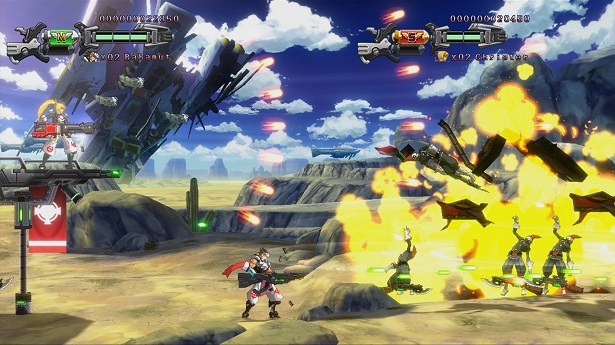

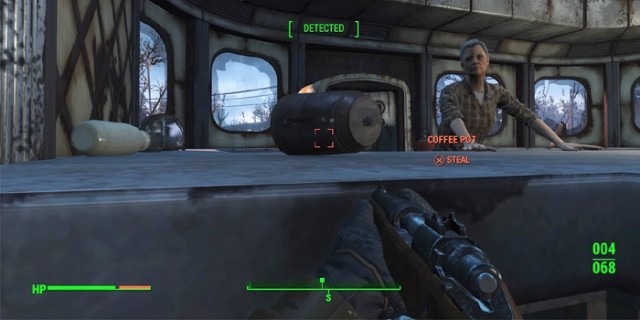
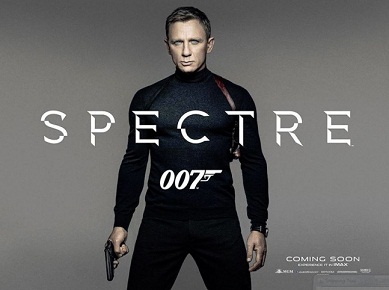 Overview of fall 2015 Movie releases
Overview of fall 2015 Movie releases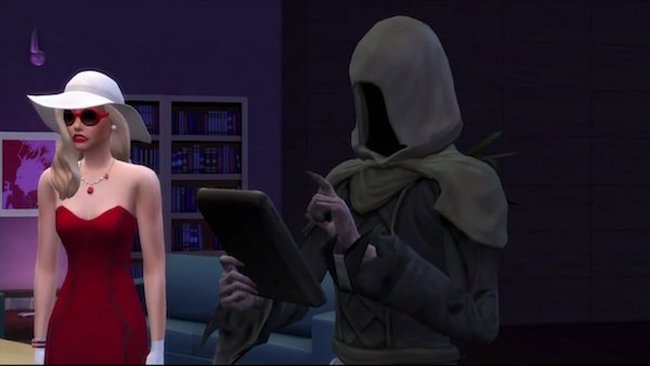 How to Resurrect a Sim in The Sims 4
How to Resurrect a Sim in The Sims 4 GTA V Gold Medal Guide Father Son Mission
GTA V Gold Medal Guide Father Son Mission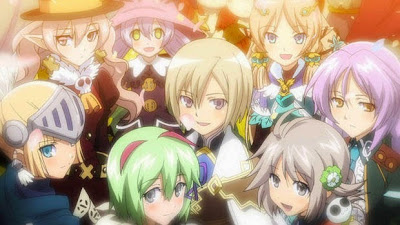 Rune Factory 4 (3DS) Gifts List
Rune Factory 4 (3DS) Gifts List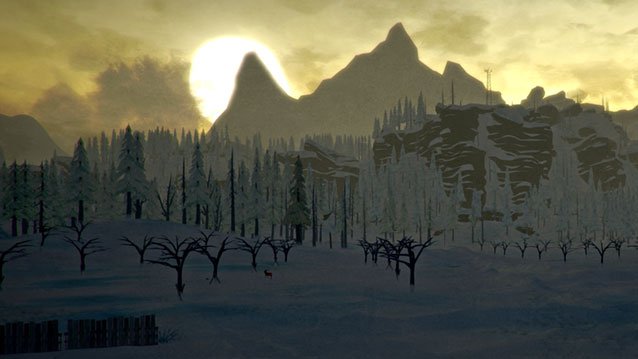 Exploring The Emerging Survival Genre with The Long Darks Raphael van Lierop
Exploring The Emerging Survival Genre with The Long Darks Raphael van Lierop